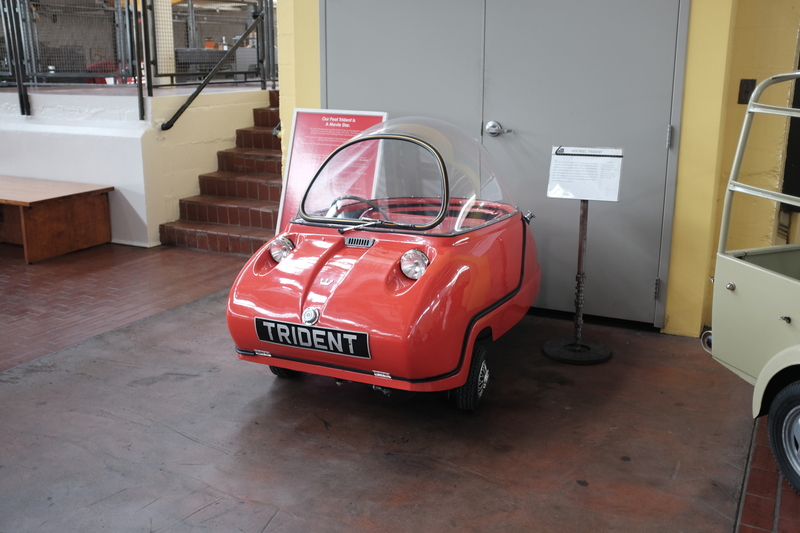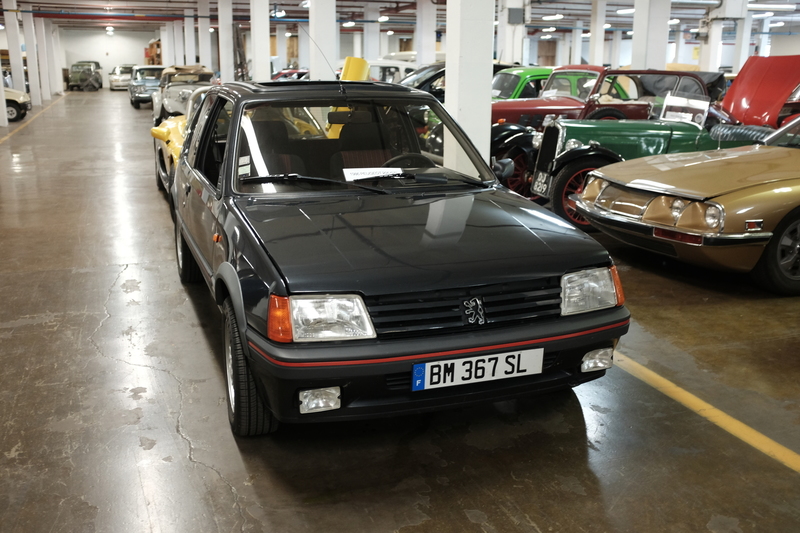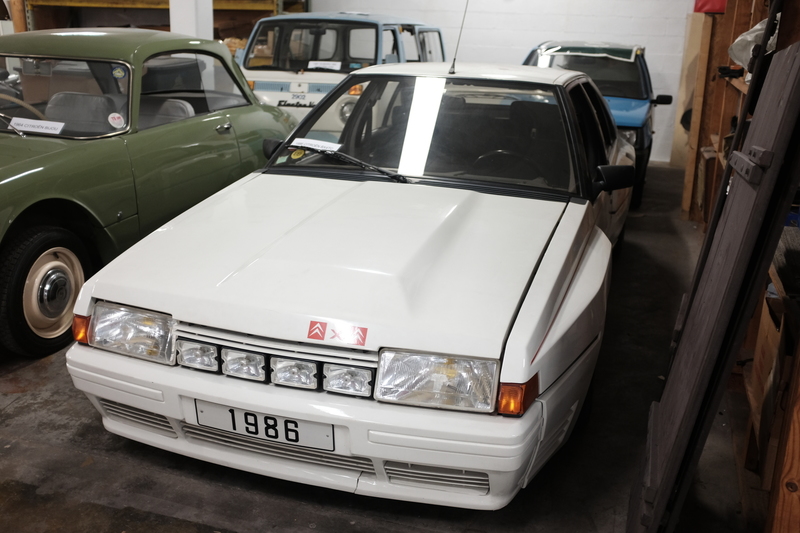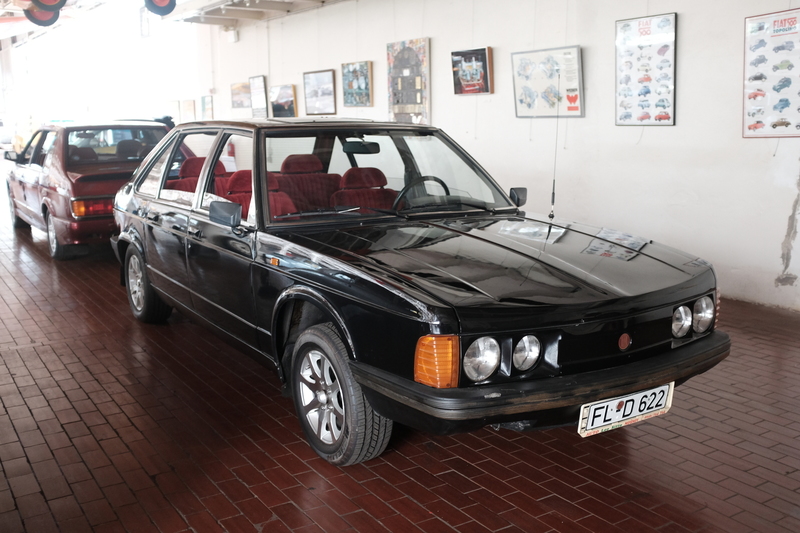Lane Motor Museum
15 August 2017
Nashville, Tennessee is famous for its country music. I am sure country music is pretty great. However, my reasoning for visiting Nashville was not country music, but rather the Lane Motor Museum. Started by Jeff Lane; after getting a thorough interest in cars from his father, particularly starting with MGs, his private collection of cars grew and grew until he finally decided to turn his collection into a museum.
The museum is usually closed on Tuesdays and Wednesdays, but I was fortunate enough to be allowed in on the Tuesday I decided to spend in Nashville. Perhaps bringing my own French car from Europe helped sway the argument for keeping the doors open for me. Regardless, being allowed to roam alone among the cars was a treat.
In particular, the Lane collection focuses on 'interesting cars', as in mechanically interesting vehicles. This generally speaking means cars that were the first to try something that have become common or even standard today, or cars that were the only ones to try something. As a result, the collection has a lot of European and Japanese cars.
It is not that American cars do not have their worth (ignoring my general disinterest in American cars), it is just that American cars were never really on the forefront of innovation in automobile industry. Tougher conditions in Europe and Japan, either from natural realities, the results of war or political pressure in the form of regulations, forced European and Japanese automakers to think differently and push innovations.
For instance, among the collection is the largest collection of Tatras outside the Czech Republic. It is very possible you have not heard about Tatras, and think of Škoda as the only Czech make. But Tatra was actually more on the forefront in Czechoslovakia. They were the first to encapsulate the drive shaft running down the vehicle as to protect it from the harsh road conditions.
That may seem obvious today, but someone has to be first. Again, terrible road conditions in the interwar period in Europe, particularly in Eastern Europe forced Tatra to create more robust and stable cars, hallmarks of which were soon copied in the West.
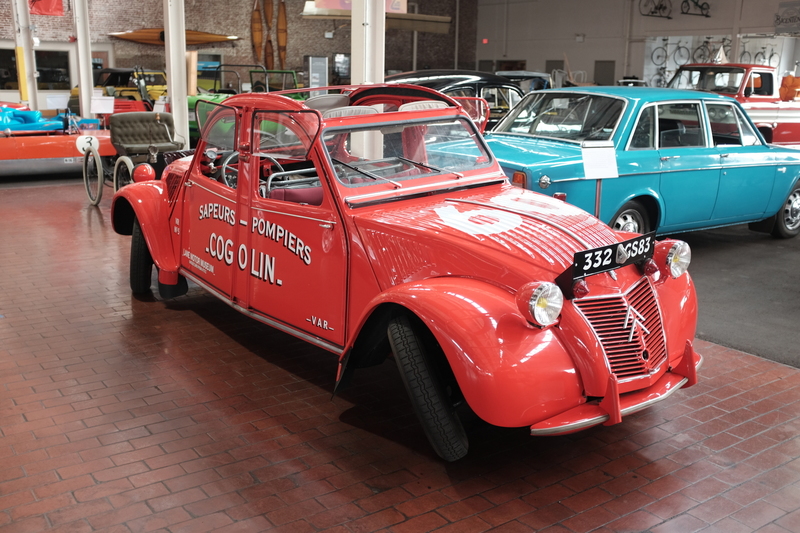
You may have thought James May was crazy when he combined a Saab and an Alfa- Romeo. But the only part of his craziness lies upon the makes he chose.
While at the museum, I also had the fortune of visiting its storage underneath the standard exhibit, where the cars not currently on display were packed in a large hall. The collection is mainly a European collection, also making it interesting for locals to visit, as it is not your run of the mill American car collection, that is quite - obviously - common in North America. Because while there are some Asian cars and even some Americans, the collection is predominantly European. Although, German cars tend to be the minority compared to the amount of French cars.
As a result, the collection also contained plenty of Citroëns. And while Jeff Lane himself was not there while I was visiting - which to my understanding disappointed him as he wanted to see my Xantia - I got the sense, that perhaps one day, the Lane Motor Museum would also include a Xantia Activa V6. After all, it had a Renault Avantime.
I want to extend my thanks to the museum for allowing my visit and commend it on its excellent collection. Definitely worth the detour I took to Nashville.
